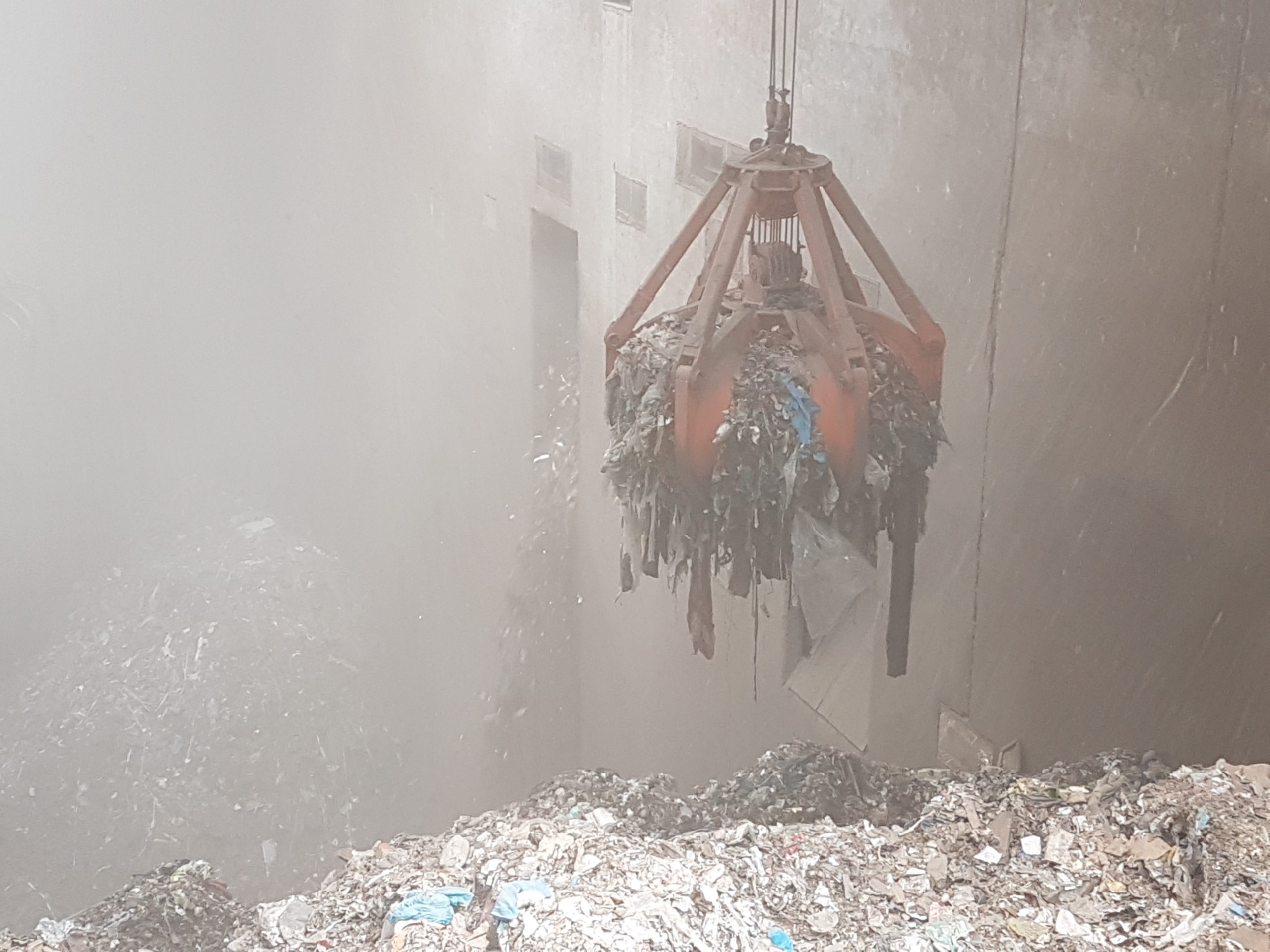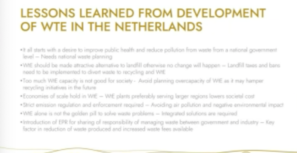
The CII’s Waste to Worth Conference kickstarted this afternoon with a panel discussion on Models & Best Practices for Waste Management. This session focused on existing waste management systems, models, and best practices across India and abroad to address waste management issues in a holistic way, suggest best possible technological solutions to mitigate the solid waste problem, financial models, government support and more.
The session was moderated by Mr Raghu C Rajappa – Honorary Consul of Republic of Poland in Bengaluru. Mr Rajappa began the session by underlining Poland’s enthusiasm to share waste management technologies, especially WtE, with Indian companies given the massive growth expected in waste generation and the government’s efforts to manage it.
In case you missed it, here are some of the highlights from the presentation by other panellists:
Mr Sunil Kurain – Head (O&M) and Sustainability, Mahindra World City (MWC)
Giving an overview of waste generation, collection, and treatment statistics in India, Mr Kurian highlighted challenges in educating and making the public aware about managing waste as well as the availability and utilization of infrastructure, as well as characterization of waste. Mr Kurian said there was immense opportunity in managing waste efficiently and using it as fuel. He felt that the use of artificial intelligence (AI) in the industry could be transformational.
Speaking on some of the best practices followed by MWC, Mr Kurian shared his team was inspired by the Indore model, Alapuzzha’s decentralised waste management, and the Solid and Liquid Resource Management (SLRM) system in Vellore.
Regarding how MWC, in particular, is managing its waste, Mr Kurian said his company recognised the importance of segregated waste, and that a majority of the waste which was biodegradable is converted into CNG for powering waste collection vehicles.
Mr. Przemysław Tomala- CEO, Fostech
Mr Tomala shared information on the waste management landscape in Poland as well as his company Fostech’s technologies to manage solid and liquid waste.

Mr Evert Lichtenbelt – CEO, Harvest Waste
Mr Lichtenbelt highlighted his Netherlands-based company’s 100+ years of waste management experience, particularly WtE technology. Highlighting the integrated approach adopted by his company, Mr Lichtenbelt was optimistic about India’s WtE potential saying that common hurdles, including the construction of WtE plants in urban areas and efficient technologies to help these plants sustain themselves without gate fees can be overcome through efficient new-age technologies. Mr Lichtenbelt’s parting words:
- Be careful of how many WtE plants you build. Don’t overbuild.
- Incentivize WtE to lower the barriers in investment, for instance, through finance by electricity sales, monetization of carbon credits, etc.
Mr Naagesh Prabhu – Co-Founder and Director, Zigma Global Environ Solution
Reminding participants that since waste is not segregated in India, WtE has its limitations, Mr Prabhu focussed on Zigma’s goal to clear 9500+ unscientific landfills in India in order to be used for other public services, including waste treatment facilities. He discussed Zigma’s three landfill mining projects in detail including Atladara dumpyard reclamation project (2021) from which 58000 tonnes of RDF was sent to cement kilns, Vijayawada dumpyard project (2020) in which 80% of inert waste was extracted and Erode’s Vairapalayam Riverside dumpyard reclamation project where 7 acres of land was cleared in 2020.
Mr Prabhu spoke of Zigma’s focus on providing optimal technological solutions to clear dumpsites and adherence to testing procedures at every step of process, apart from responsible disposal of aggregates and establishing traceability so that ULBs can work on the waste sites in the future too.

Mr Masaya Kawamoto, Assistant Manager- Environmental Plant Sales Department, International Operations Division, Takuma Co., Ltd.
60-year-old Takuma runs the largest WtE plants in Japan, along with other countries like China, US and UK. Likening India’s waste problems to Japan’s in the 1960s, Mr Kawamoto said it took decades for his country to bring its waste crisis under control through efficient WtE projects. This was after municipalities took the initiative to promote 3Rs with the private companies and citizens.
While minimizing waste generation is most important, Mr Kawamoto said WtE helps mitigate the impacts of climate change by achieving carbon neutrality and using biomass as fuel. Methane released from landfills is also reduced due to WtE, he reminded attendees before cautioning that WtE is not a magic wand. Mr Kawamoto conceded that the price per unit of power generated is very high and it is difficult to recover the cost. Thus, WtE requires appropriate govt intervention.
Mr Kawamoto proposed that waste is waste – so we need to think hard about its worth, which really is to make a better environment for our children which should not be monetized.
The final speaker of the session was from PROTE Technologies which operates in the field of water treatment in Poland.



